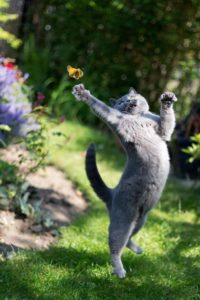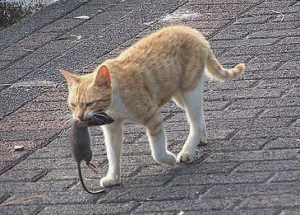 Imagine how you would feel if your boss told you he was so happy with your work performance that he decided to give a bonus to your coworker. I suspect you would be dumbfounded. Yet, in my line of work, it is not uncommon to hear, “I really love the work my local humane society does – so I sent a donation to the Humane Society of the United States (HSUS) or to the ASPCA (American Society for the Prevention of Cruelty to Animals) to help support you.”
Imagine how you would feel if your boss told you he was so happy with your work performance that he decided to give a bonus to your coworker. I suspect you would be dumbfounded. Yet, in my line of work, it is not uncommon to hear, “I really love the work my local humane society does – so I sent a donation to the Humane Society of the United States (HSUS) or to the ASPCA (American Society for the Prevention of Cruelty to Animals) to help support you.”
One of the greatest misunderstandings in most communities and biggest challenge animal welfare organizations face is the belief most people have that HSUS and the ASPCA are affiliated with local animal welfare organizations. Continue reading “Think Globally, Give Locally by Ed Boks”









